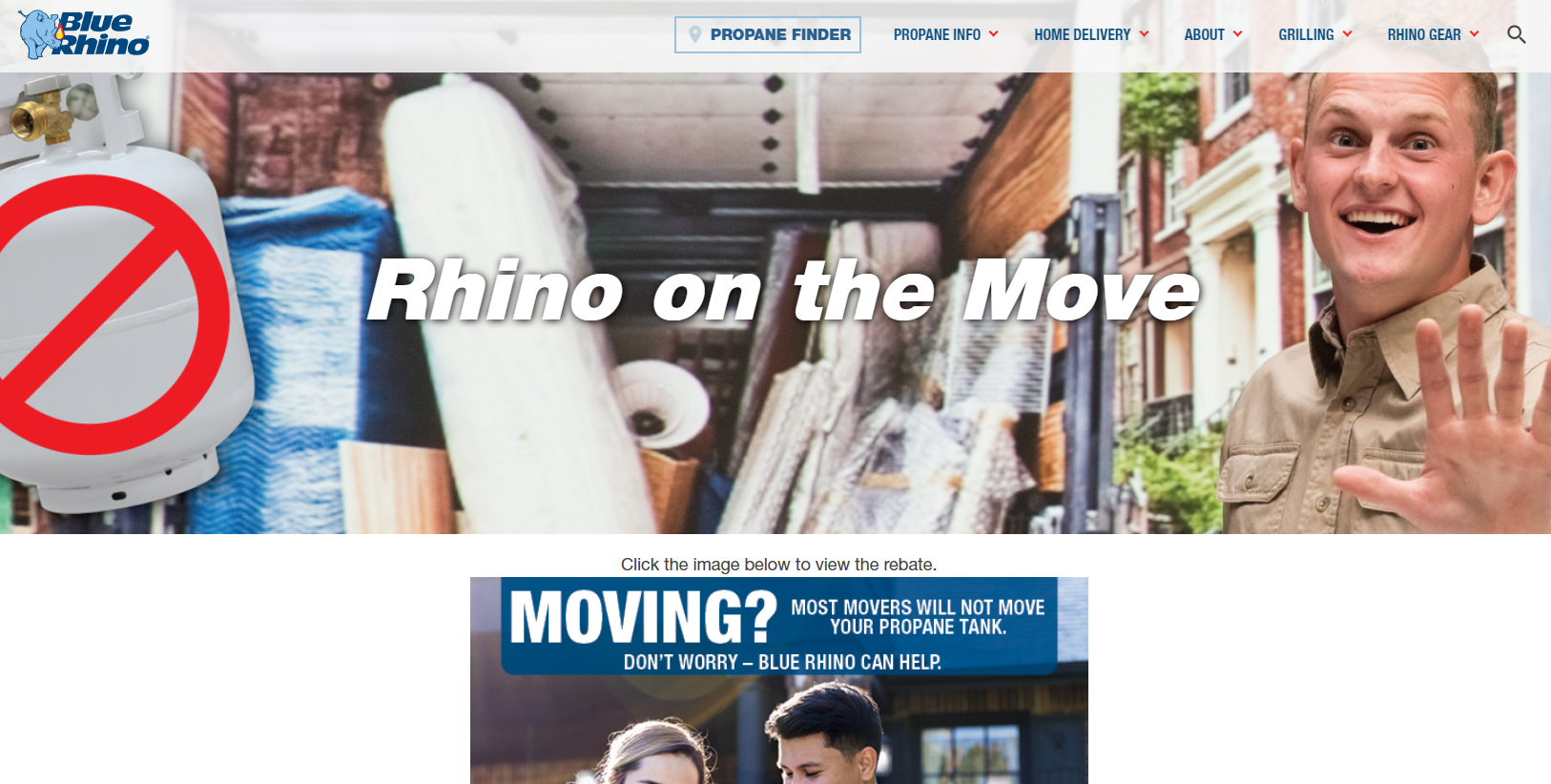Blue Rhino Rebate Form 2025 – Blue Rhino, a prominent name in propane services, offers an enticing opportunity for consumers: the Blue Rhino Rebate Form 2025. This rebate program presents a chance to save on propane purchases while embracing convenience and eco-friendliness. Let’s delve deeper into this form, its benefits, process, and environmental impacts.
What is Blue Rhino?
Blue Rhino is a leading provider of propane tanks, catering to residential and commercial needs across the country. Renowned for its accessibility and quality service, Blue Rhino has become synonymous with propane reliability.
Understanding Rebate Forms
Rebate forms, a common marketing tool, allow consumers to redeem a portion of their purchase cost by completing certain requirements. In the case of the Blue Rhino Rebate Form 2025, customers can gain refunds on propane purchases.
Benefits of Blue Rhino Rebate Form
Cost Savings on Propane
The foremost advantage lies in the cost-saving potential. With the rebate form, consumers can enjoy discounts or refunds, effectively reducing their propane expenses.
Convenience and Accessibility
Obtaining the Blue Rhino Rebate Form is a hassle-free process. It is readily available both online and at various retail outlets, ensuring accessibility for all customers.
Environmental Impact
Beyond monetary benefits, embracing this rebate program aligns with environmental consciousness. Propane is a cleaner-burning fuel, contributing to reduced emissions compared to other energy sources.
How to Obtain and Fill Out the Blue Rhino Rebate Form
Where to Find the Form
The Blue Rhino Rebate Form can be accessed online through the official Blue Rhino website or acquired from authorized dealers.
Step-by-Step Guide to Completing the Form
Detailed instructions simplify the form-filling process, ensuring consumers can easily complete and submit the necessary details for the rebate.
Submission and Redemption Process
Submitting the Form
Once the form is filled out accurately, consumers can submit it through designated channels specified by Blue Rhino.
Redemption Process Explained
After submission, the redemption process commences, allowing customers to benefit from the savings outlined in the rebate.
Common Queries and Troubleshooting
Frequently Asked Questions about the Rebate
Addressing common queries regarding eligibility, timelines, and specific terms associated with the rebate program.
Addressing Potential Issues
Providing troubleshooting tips for potential problems consumers might encounter during the rebate process.
Tips for Maximizing Blue Rhino Rebates
Efficient Use of Propane Tanks
Guidelines on maximizing the efficiency of propane usage to optimize the rebate benefits.
Other Saving Strategies
Additional suggestions and strategies for consumers to maximize savings and environmental benefits.
Comparative Analysis: Blue Rhino vs. Other Rebate Programs
Comparison with Similar Programs
Highlighting the advantages of the Blue Rhino Rebate Form over other similar programs available in the market.
Advantages of Blue Rhino
Showcasing the unique benefits and strengths of the Blue Rhino Rebate Form, setting it apart from competitors.
Environmental Impact of Blue Rhino and Propane Usage
Sustainability Aspect
Discussing how using propane and participating in this rebate program contribute positively to environmental sustainability.
Carbon Footprint Reduction
Exploring how propane usage reduces carbon footprint compared to other energy sources.
Future Outlook and Changes in Rebate Programs
Anticipated Modifications
Predictions and potential enhancements or changes in future iterations of the rebate program.
Sustainability Initiatives
Highlighting Blue Rhino’s commitment to sustainability and its role in future rebate program developments.
Conclusion
In conclusion, the Blue Rhino Rebate Form 2025 stands as an exceptional opportunity for consumers to save on propane expenses while embracing eco-friendliness. Its straightforward process and environmental benefits make it a valuable choice for those seeking affordability and sustainability in their energy usage.

